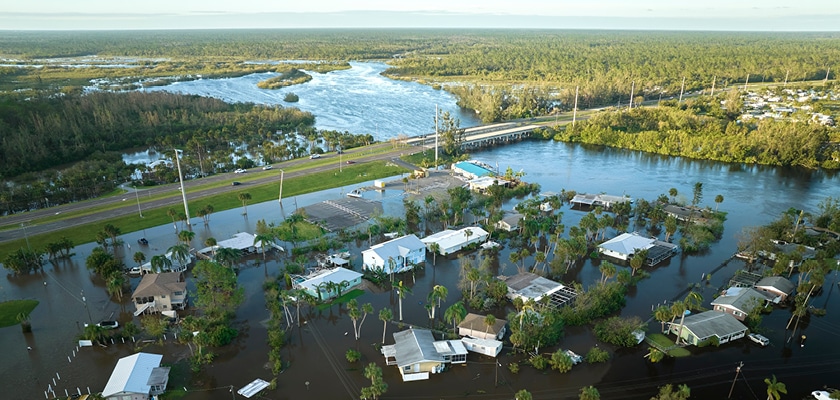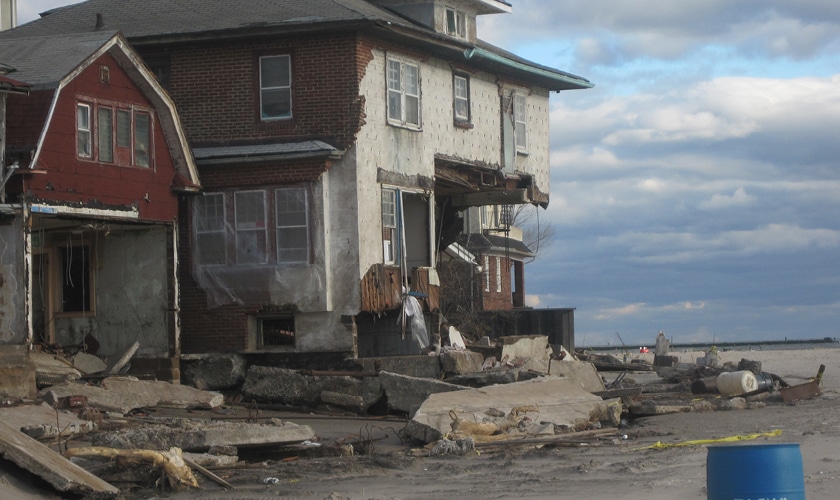
STV Vice President, Technical Director and Engineering Chief Christopher Cerino, P.E., F. SEI, DBIA, a renowned expert in resilience and adaptability for climate change, is playing a key role in efforts to update codes and standards featured in the FEMA Coastal Construction Manual and ASCE/SEI 7 Standard that will influence engineering and flood design in coastal regions.
Cerino, who has led STV’s resilience design practice for many years and is constantly involved with the industry’s leading organizations, recently wrapped up a multi-year research effort with the Applied Technology Council (ATC) to improve predictions of inundation hydrodynamics and loading in developed urban regions for both storm wave and tsunami flooding.
The ATC’s resulting publication, Coastal Inundation in Developed Regions: Experimental Results and Implications for Engineering Practice, was led by University of Notre Dame Professor Andrew Kennedy and funded by the University along with the National Institute of Standards and Technology (NIST). Cerino served on the project oversight committee, assisting the review of the research plan and the extrapolation of results in the development of recommendations for practical use in engineering practice.
“In the flood world, a coastal storm surge is often just considered coastal, and many building codes stop right at the interface of water and land,” Cerino said. “With this research, our goal was to investigate how storm surges move inland beyond the beachfront.”
Using building models in a laboratory wave tank, the team investigated how waves and currents translate through arrays of buildings, measuring the loads induced by flooding and debris impact. The results revealed how the presence of buildings and other obstacles change the hydrodynamic behavior of a flood surge as it moves inland from the shoreline. This research revealed that site-specific flood design should vary throughout a developed urban area.
Presently, most designers are likely to use a simple, conservative approach to flood design, obtaining flood depth, velocity, and debris impact based on the same rules and assumptions that govern beachfront properties. Using the knowledge gained about flood propagation within an array, an enhanced approach to flood design can help designers improve their estimates of integral flood variables in structural engineering.
Cerino is a member of the ASCE 7 flood load committee and is certain that the ATC’s research efforts will improve codes for coastal engineering, making them less conservative and more site-specific in the future.
“Our goal, of course, is to improve flood design provisions in building codes and standards,” Cerino said. “But we also aim to enhance the design practice, elevating the understanding and approach to code-based designs while encouraging all architects and engineers to leverage their expertise and use an enhanced approach to flood design.”





